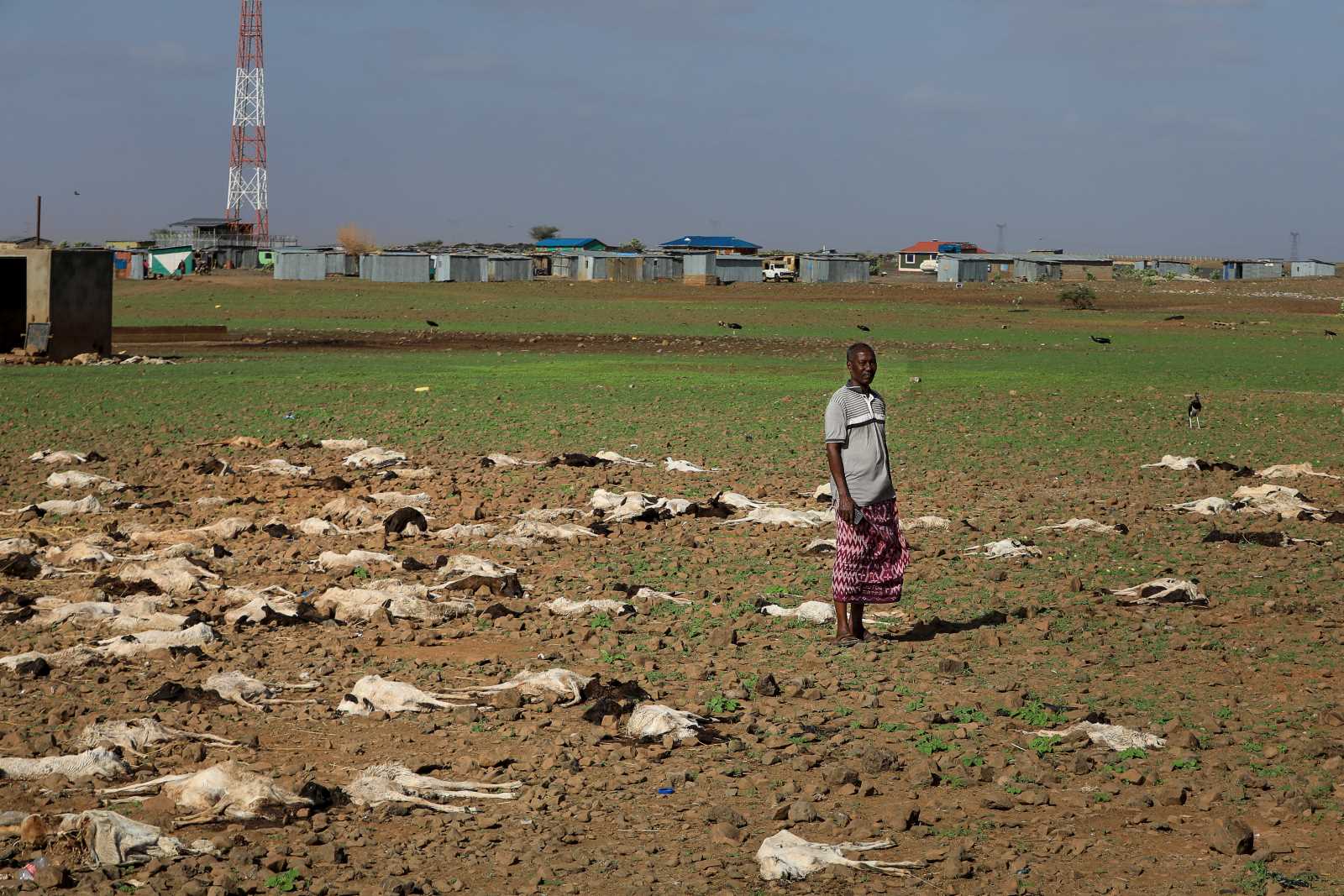Serious health hazards
Consumers need better information concerning toxic chemicals

Let us talk about clothes first. It is important to understand what clothes you should buy and what clothes you should stay away from. Synthetic fabrics are popular, but they cause a lot of problems. People appreciate polyester, nylon and acrylic in garments because those garments do not wrinkle. They are also cheap, light and have many other characteristics that consumers love. Around the world, these fabrics form about 60 % of the material that makes up our clothes.
Synthetic fabrics are nothing more than different forms of plastic however. For instance, polyester is made from polyethylene terephthalate (PET), the most common type of plastic in the world. It is also used to make water bottles, food containers and many other products. This material has a 10 % global market share of all plastics and is the third most popular after polyethylene (33.5 %) and polypropylene (19.5 %).
Plastic fibers are difficult to dispose. Typically, nature does not decompose them, so they are persistent. They can be ground down to micro-plastics which poison living organisms. When plastic is burnt, it is reduced to a hard plastic bead while black smoke and dangerous fumes are emitted. The full truth is that many toxic chemicals are used to make synthetic fibres.
Persistent pollutants
It takes approximately 0.58 kilogrammes of various chemicals to produce a kilogramme of fabric. Dyeing processes alone typically involve over 1,600 different chemicals, including formaldehyde, phthalates, perfluorinated and polyfluorinated compounds (PFCs). Some of these substances are persistent organic pollutants and endocrine disrupting chemicals. Dyes can also contain heavy metals. These substances can cause nerve damage, kidney damage or cancer.
Various chemicals are used to impart certain properties to our clothing. For example, brominated and chlorinated flame retardants make clothing more fire-resistant. They can be found even in children’s clothes, furniture upholstery and children’s car seats. Flame retardants can cause thyroid disorders, memory and learning problems, delayed mental and physical development, reduced IQ, early puberty and reduced fertility.
Another example is formaldehyde, a known respiratory irritant and carcinogen. It is used to keep clothes in shape and less creased. It is even found in some baby diapers.
Perfluorinated chemicals make clothing waterproof and stain-resistant. They can be found in jackets and waterproof overalls, including baby clothes. These chemicals can affect the health of the liver and disrupt the body’s hormonal functions.
Consumers who wish to reduce the risk of negative health effects of clothing should give preference to natural materials such as cotton or linen. They should also forgo bright colours. This is especially important for children, whose health can be seriously affected by exposure to hazardous chemicals.
Non-governmental activism
Consumers must know about these risks. So far, however, manufacturers have been slow to provide related information, denying people the opportunity to protect themselves.
On the upside, more and more buyers are interested in understanding the toxic contents of textiles. Six out of ten consumers worldwide want to know whether the clothes or home textiles they buy contain harmful substances. They also showed interest in whether goods are produced in an environmentally and socially responsible way. That is what a recent study by Oeko-Tex revealed. Oeko-Tex is an international association of 18 independent research institutes and specialises in product certification and labels.
Health and Environment Justice Support (HEJSupport), the international non-governmental organisation which I co-direct, is also involved in these matters. In 2020, we published a report that assessed what well-known brands such as H&M, Zara, Tommy Hilfiger or Adidas are doing to inform consumers. The truth is that important companies are far from fully disclosing vitally important information. Our report includes recommendations on how to improve corporate performance.
Clothes are not the only source of toxic chemicals in our daily lives. Other consumer goods can also be hazardous – and that includes toys.
Dangerous toys
The International Pollutants Elimination Network (IPEN) is an international network of NGOs. Since 2012, it has been conducting research on the toxic-substance content of toys, including toys for the very young. The focus is on toxic substances such as heavy metals, endocrine disruptors and persistent organic pollutants. So far, more than 30 % of the samples analysed contained concerning levels of one or more toxic metals (such as arsenic, cadmium, chromium, lead and mercury). The presence of such dangerous substances in toys is unacceptable.
Phthalates are another cause for concern. They are endocrine-disrupting substances and can be released from an item when heated or even just stored. That can happen throughout a product’s lifecycle, from production through use, recycling and disposal. Many toy samples contained these chemicals which can cause infertility, contribute to childhood obesity, asthma, cardiovascular disease and even cancer.
In some countries, the use of some phthalates has been banned, but they may still be used in others. That shows that national legislation is not always up-to-date. The EU has restricted the use of many phthalates. However, they may still appear in toys. It is most irritating, moreover, that the labels of the toys affected did not include any pertinent consumer information. Companies do not warn buyers of the potential danger to children’s health.
Plastic is, of course, not only contained in clothing and toys. Ever more products include some kind of plastic. More than 140 different chemicals can be used in the production of plastic. These substances have different functions, make plastic flexible, soft, hard, flame-retardant, transparent or matte. Many of them threaten human health.
For example, Bisphenol A (BPA) serves to harden plastic. It is found in food and drink containers, baby bottles and cups made from polycarbonate plastic. Scientists have linked BPA to heart disease, diabetes, and liver abnormalities. It is also a known endocrine disruptor that leads to reproductive problems, early puberty and obesity in children. Consumers who buy plastic water bottles or baby food bottles, are well advised to check the plastic codes on the products. BPA is usually absent in plastic with codes 1, 2, or 5. By contrast, plastic with codes 3 and 7 are more likely to include BPA or phthalates.
Why recycling is problematic
Environmentalists generally appreciate recycling, but plastic recycling can be most problematic. Typically, recycling means melting and reforming for future use. The trouble is that recycled plastics have been shown to contain many banned or restricted hazardous chemicals. Waste plastic is converted into secondary raw materials, which still contain the dangerous substances. The secondary raw material is then used to make new products which are distributed internationally and once more put people’s health at risk.
In an IPEN survey of recycled plastic in children’s products from 26 countries, 90 % of the samples contained three toxic brominated flame retardants. In the context of the multilateral Stockholm Convention on Persistent Organic Pollutants, these chemicals are listed as substances that must be eliminated. Nonetheless, they are common in recycled plastics, and consumers are not even made aware of the risks.
We need full disclosure
Consumers deserve to be told the truth. There is a need for mandatory full disclosure of the presence of toxic substances in products. That applies especially to products for children because children are the most vulnerable to exposure to hazardous chemicals.
Good news is that the European Chemical Agency (ECHA) has started collecting related information. Producers, importers or suppliers of articles based in the EU must now register products in a database. This is a good start to make sure that toxic substances have no place in products sold in the EU.
The sad truth is that regulations for protecting people and the environment tend to be weakest in least-developed countries. Obviously, consumers there are increasingly exposed to plastic-related health hazards too.
Link
HEJSupport, 2020: Sustainable fashion? How companies provide sustainability information to consumers.
https://hej-support.org/wp-content/uploads/2020/03/hejSupport_SustainableFashion_March2020_Web_with-active-links.pdf
Olga Speranskaya is one of two co-directors of the international non-governmental organisation Health and Environment Justice Support (HEJSupport). Its offices are in Dachau, Moscow and Ottawa.
olga.speranskaya@hej-support.org













